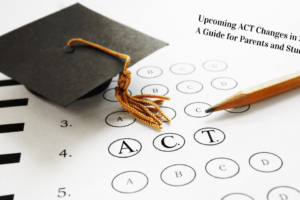
The Benefits of Sending Your Children to a Charter School
Most parents send their children to public schools as it is an inexpensive way to educate students. Funded by the government through taxpayer money, public schools are either entirely free for families or they may have a small fee attached.
However, an alternative educational option has been gaining ground over the last few decades.
Charter schools are an exciting element of education. They are privately managed educational facilities but are publicly funded through taxpayer money. 
Sounds like a public school? In a way, it does, but a charter school acts as an entirely separate entity.
In the Beginning…
Minnesota became the first state to pass a charter school law in 1991. In 1992, the first charter school appeared in the form. The intent of establishing and opening a charter school was to provide innovative teaching strategies and alternative approaches for student learning that were not prevalent in public schools.
Fast forward to 2022, and the number of charter schools is multiplying. For example, in California alone, there are 1,291 operating charter schools (the most of any state). To date, there are about 8,000 public schools across the United States. The percentage of U.S. schools that are charter schools is approximately 10 percent. The growth of the sector in 30 years is quite outstanding.
How Are Charter Schools Different Than Public Schools?
What makes a charter school better for your children than a public school? With many families dissatisfied with their current public school, it is nice to know there are other options besides an expensive private or parochial school.
First, the location of the charter school is a minor factor. Unlike public schools, you do not have to choose the nearest charter school. If you choose to send your child to a charter school that is an hour away, you can. And with each charter school being different, you can see how this can benefit your child’s needs.
Charter schools can differentiate their curriculum, unlike public schools, which must adhere to various learning standards. Charter schools have much more flexibility in the classroom, giving teachers more input into what is being taught. Some charter schools may focus more on the arts, and yet another could be placing more emphasis on the sciences.
Even though this makes charter schools sound more like expensive private schools, charter schools are tuition-free, and entrance exams are not needed. There is a set limit on the number of students charter schools will accept, though. Unlike public schools, they can keep their class sizes down to a certain number to emphasize the learning environment.
Furthermore, charter schools usually emphasize discipline more if a parent is concerned about violence and behavior issues at public schools. And if students are not behaving as they should, there are consequences. It is much easier to suspend or expel a student from a charter school than a public school.
Need Help with Your Student?
While a charter school may be able to do wonders with your child, in the meantime, let iAchieve assist in improving their scores. We have professional tutors that can work with your student in person or remotely. We provide tutors for every subject and grade level.
RELATED BLOG POSTS
5 Ways To Be Allies With Your Child’s School
The Pros and Cons of Public and Private School
Class Size Definitely Matters: Why You Should Be Concerned About Your Child’s Classroom



